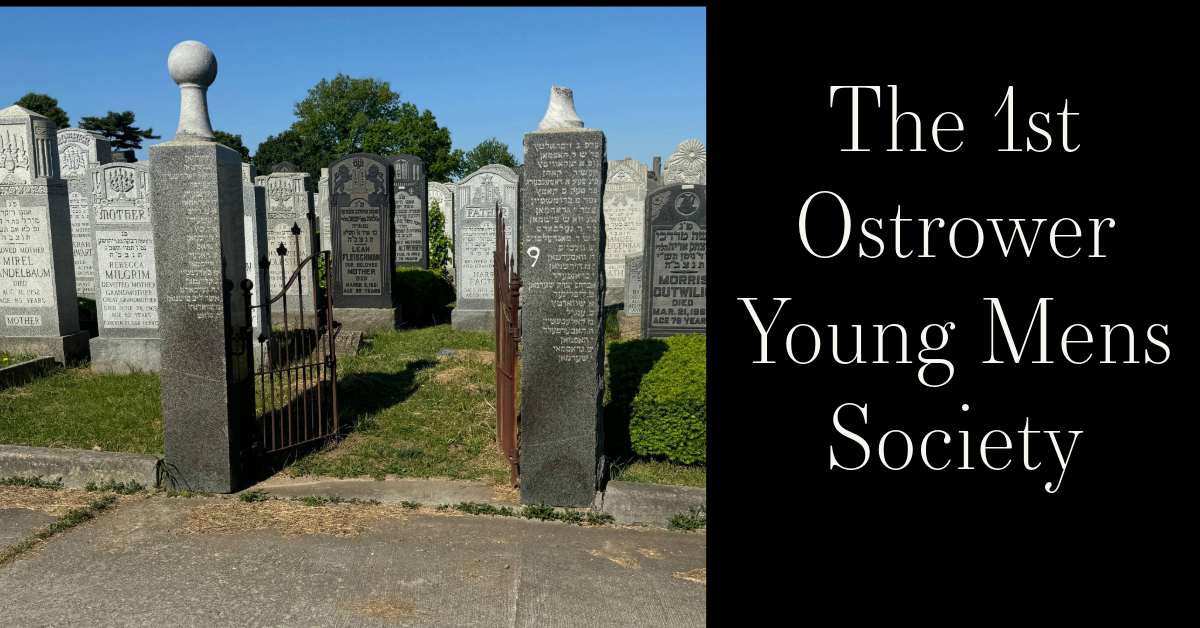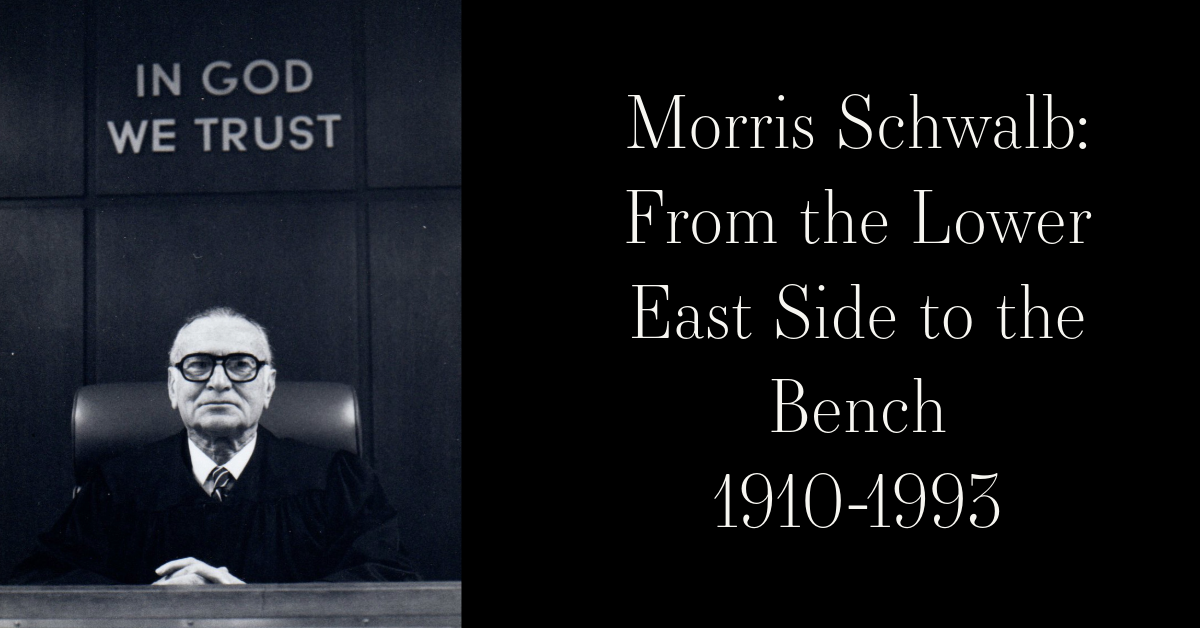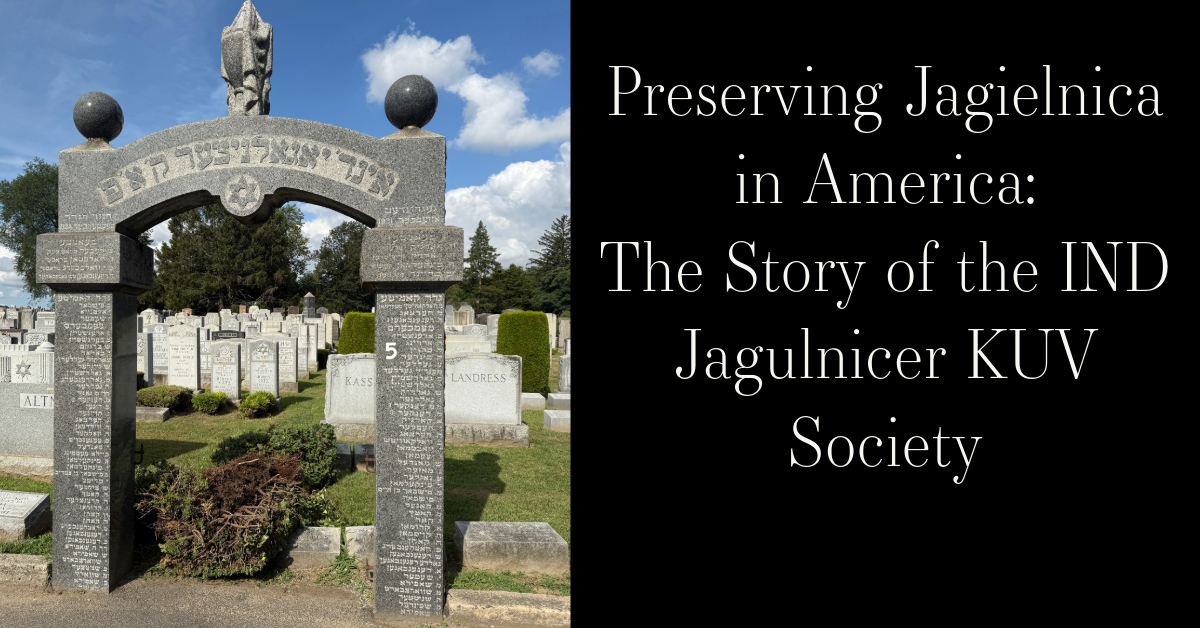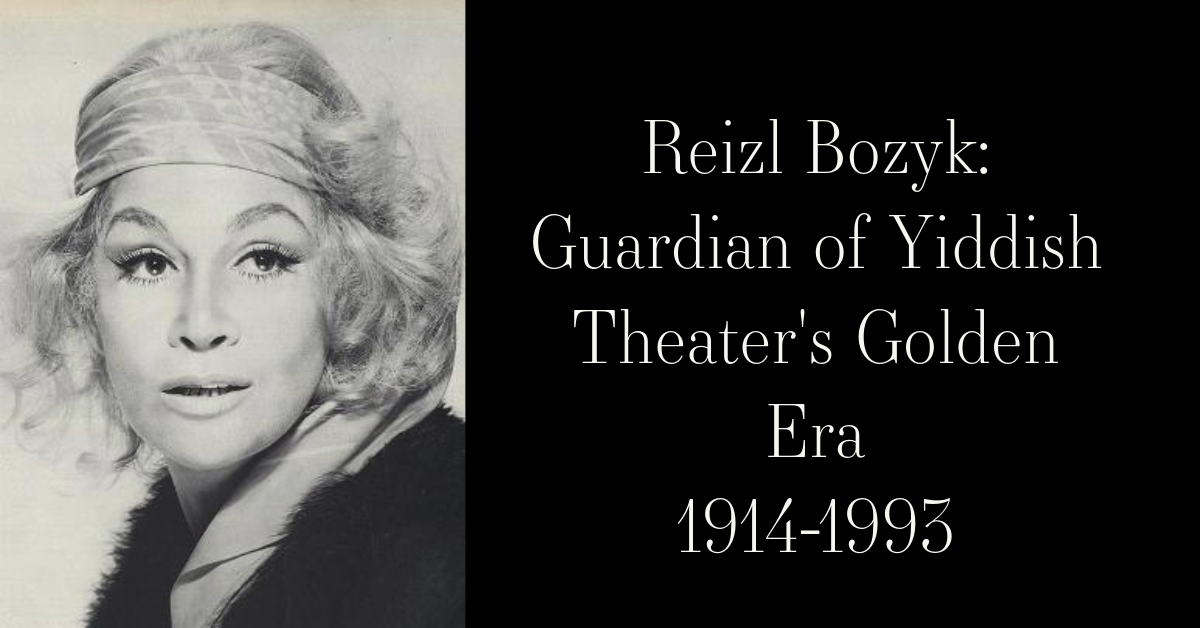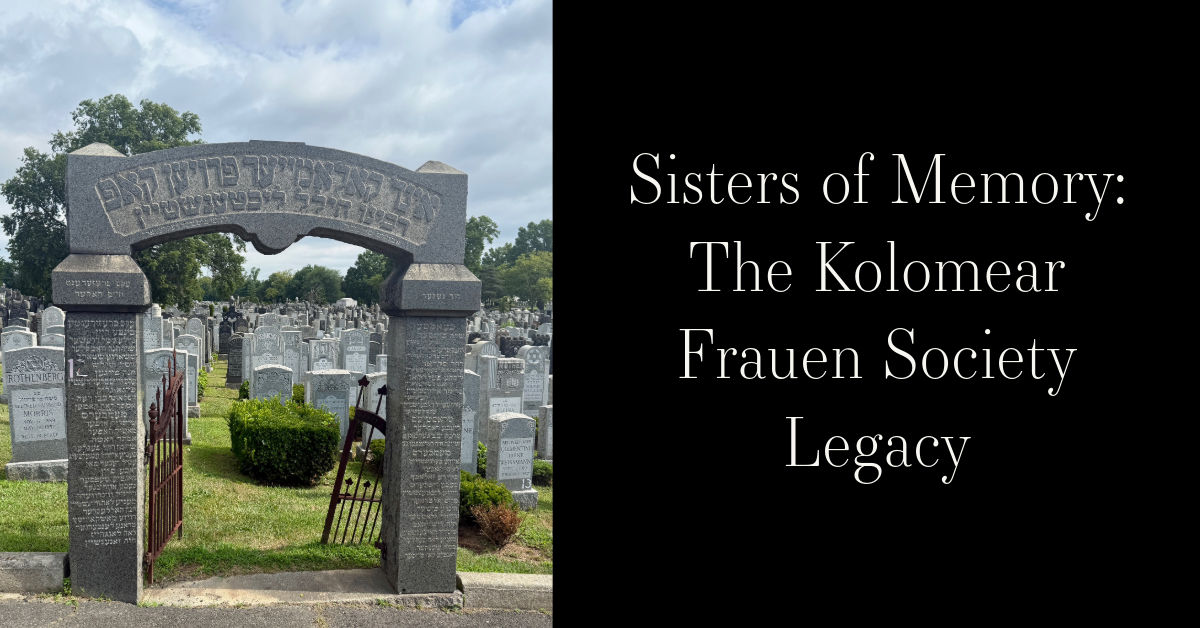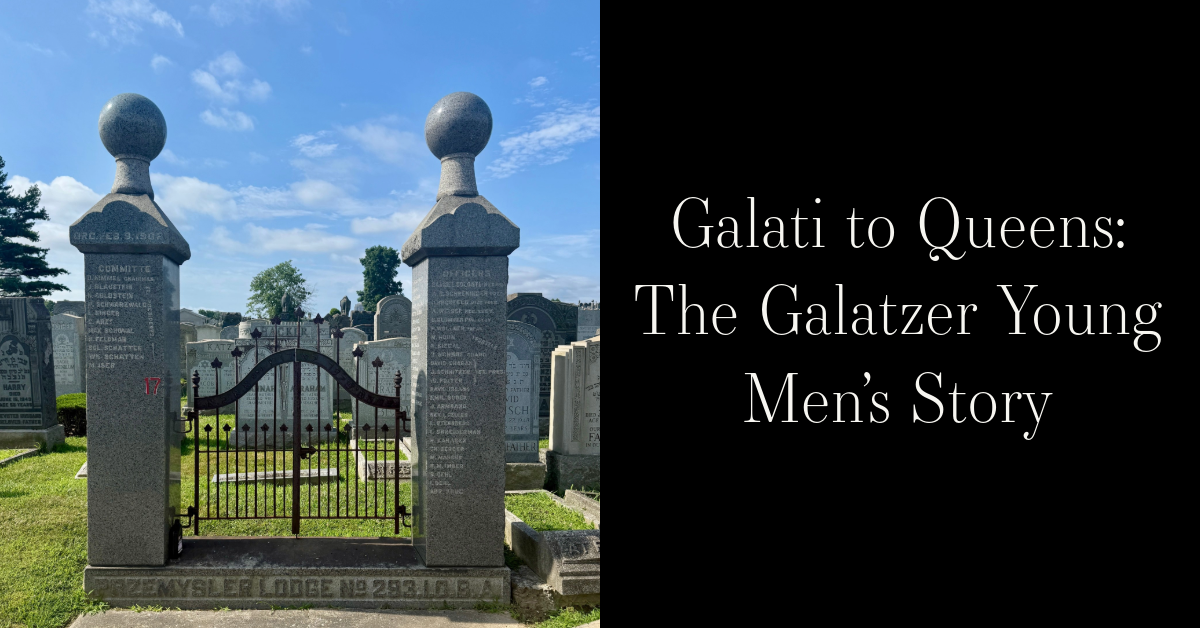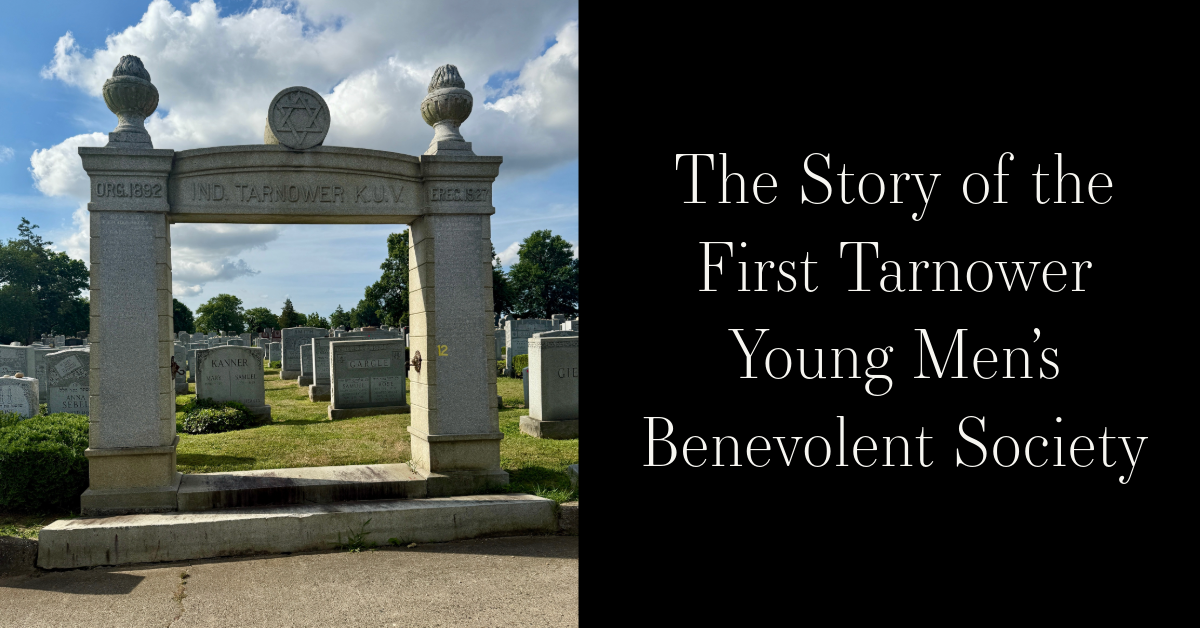Story Summary:
The First Ostrowzer Young Men's Benevolent Society, founded by immigrants from Ostrovtse (Ostrowiec), Poland, was created in New York around 1910. The society was dissolved in 2001. Dating their initial presence in the 17th century, the Jewish community of Ostrowiec was economically and communally comfortable. With their own synagogue, a cemetery, and the effects of industrialization, the community grew. Their participation in the 19th century uprisings and Zionists movements allowed the Ostroweic Jews to establish themselves politically. The weakened economy of Poland during World War I resulted in many fleeing abroad. The town of Ostroweic was captured by the Germans following their invasion of Poland in 1939. When the town was liberated by the Red Army in 1945, only 193 Jews remained, with over 10,000 having perished in the labor and concentration camps.
First Ostrowzer Young Men’s Benevolent Society
The First Ostrowzer Young Men’s Benevolent Society, founded by immigrants from Ostrovtse (Ostrowiec), Poland, was created in New York around 1910, and was dissolved in 2001. The society provides its members with death benefits and burial space. The society uses both Mount Hebron Cemetery and the Beth Moses Cemetery. While the history of the town dates back to the Neolithic period, the “Old Synagogue'” marks Jewish presence to the 17th century. The establishment of the synagogue as well as a cemetery implies that the Jews were part of their own kehilla (community). Into the eighteenth century, the Jewish population of Ostroweic grew, totaling to 904 by 1765, with 717 living within the town itself. In 1787, the Jewish council had expanded, taking in three towns and fifty-nine villages.
The 19th century marks the growing Hasidism movement of Poland, the industrialization of Ostrowiec, and mass political uprisings. Most notably of these is the January Uprising of 1863, which many Jews from Ostrowiec took part in. The uprisings continued into the 20th century, with 1904 marking the growing efforts of Zionists, and 1905 a period of anti-Jewish riots, anti-Russian demonstrations, and the Russian Revolution. During World War I (1914-1918), the Polish economy weakened, resulting in many traveling overseas. During the interwar period, however, Jewish communal life re-stabilized, with growing membership to organizations, and the multiplication of prayer houses and synagogues.
In September of 1939, Germans seized the town of Ostroweic, which at this time housed about 10,000 Jews. In October of the same year, the town was annexed to the Radom District of the General Government, one of four Nazi districts. In 1941, a ghetto was established in Ostroweic, to which 16,000 Jews were placed (the ~10,000 from Ostroweic, the others from neighboring towns such as Vienna). A judenrat (Jewish council) was also set up within the ghetto. In October of 1942, about 11,000 Jews were deported to Treblinka. In January of 1943, about 2000 Jews were sent to work in the steelwork labor camps in Sandomierz and Blizyn. A steelwork camp was later set up in Ostroweic for the local Jews. In 1944, the camp was liquidated, and the remaining Jews were sent to Auschwitz. In January of 1945, Ostroweic was liberated by the Red Army. In May of 1945, only 193 Jews resided in the town. Some stayed, while others migrated overseas.
http://yivoarchives.org/index.php?p=collections/controlcard&id=34228
https://sztetl.org.pl/en/towns/o/696-ostrowiec-swietokrzyski/99-history/137805-history-of-community
https://jewishheritagepoland.org/os.html
https://sztetl.org.pl/en/towns/o/696-ostrowiec-swietokrzyski/96-local-history/66834-local-history
https://www.jewishgen.org/yizkor/ostrowiec/oste013.html
Blog by Olivia Scanlon


